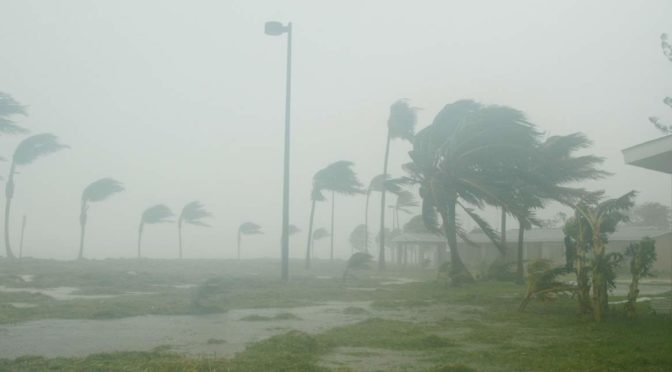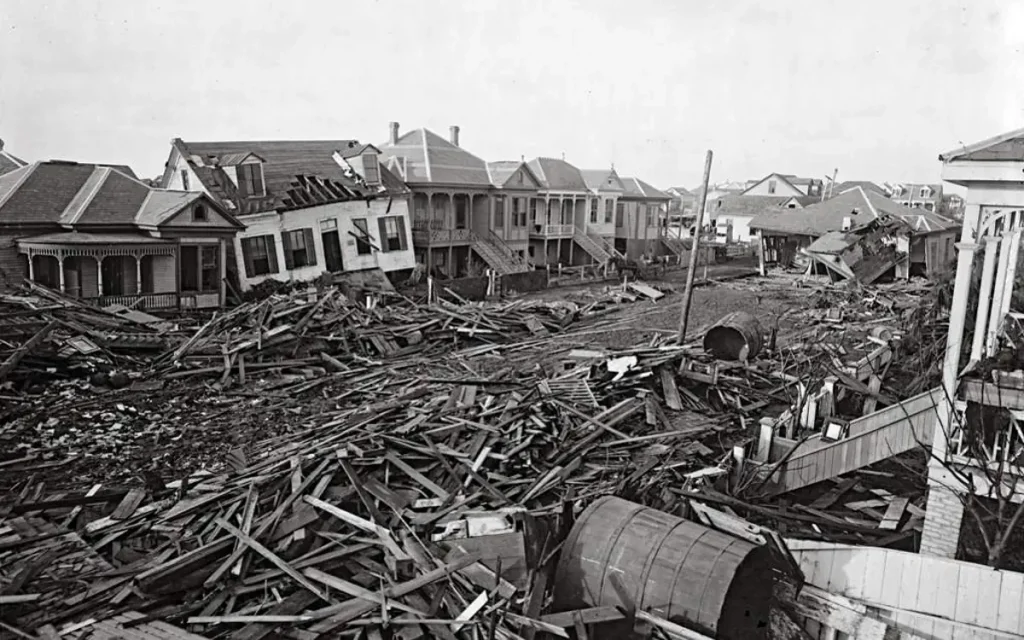The Saffir-Simpson hurricane wind scale (SSHWS) is a 1 to 5 rating based on a hurricane’s sustained wind speed. The Weather Channel meteorologist Mark Elliot prepared a video titled “Why Hurricane Categories Make a Difference” and explained what each category means.
According to the Saffir-Simpson hurricane wind scale, to be classified as a hurricane, a tropical cyclone must have maximum sustained winds of at least 74 mph (33 m/s; 64 kn; 119 km/h) (Category 1). The highest classification in the scale, Category 5, is reserved for storms with winds exceeding 156 mph (70 m/s; 136 kn; 251 km/h).
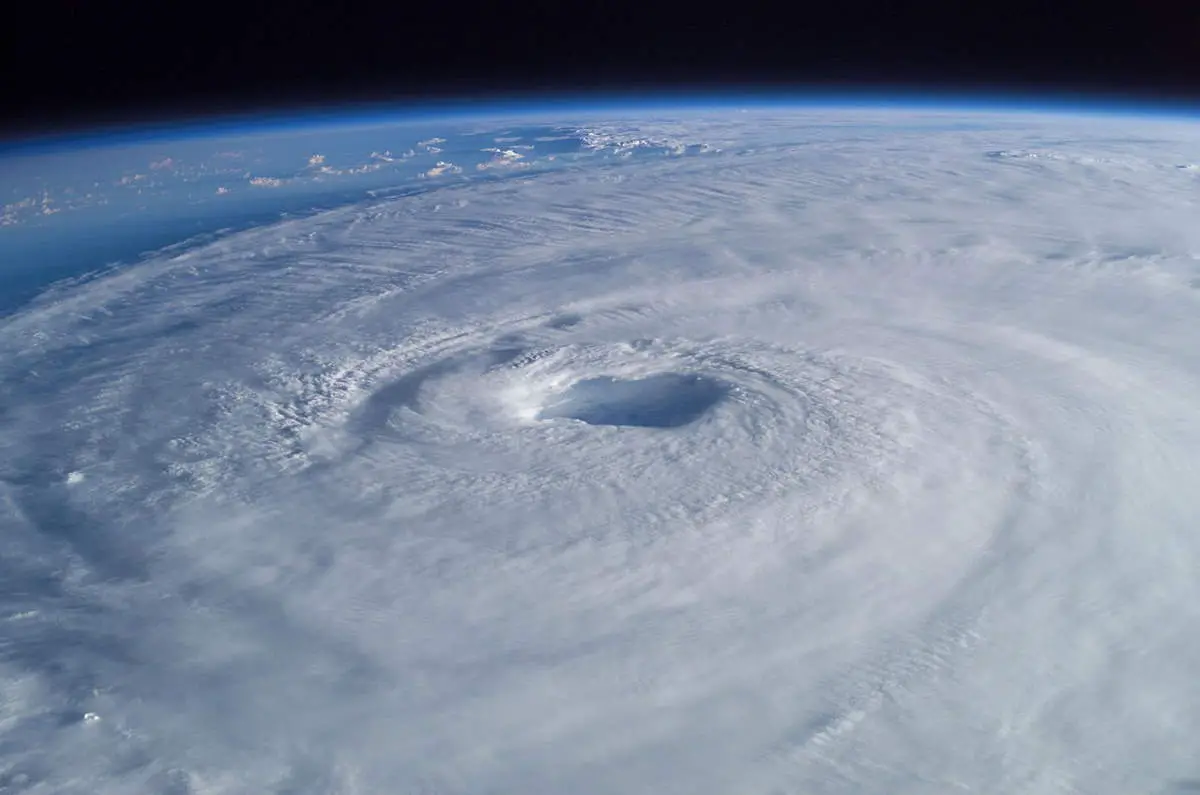
Related: 20 amazing hurricane facts
Saffir-Simpson Hurricane Wind Scale
Category 1
Sustained winds: 74-95 mph/64-82 kn*/119-153 km/h
Very dangerous winds will produce some damage. Well-constructed frame homes could have damage to the roof, shingles, vinyl siding, and gutters. Large branches of trees will snap and shallowly rooted trees may be toppled. Extensive damage to power lines and poles likely will result in power outages that could last a few to several days.
Examples of landfalling storms at Category 1 intensity include Danny (1985), Jerry (1989), Hernan (1996), Claudette (2003), Gaston (2004), Humberto (2007), Isaac (2012), Barbara (2013), Earl (2016), Hermine (2016) and Newton (2016).
*kn=knot. A knot is a unit of speed equal to one nautical mile per hour, exactly 1.852 km/h (approximately 1.151 mph or 0.514 m/s) So, for example, a wind speed of 100 knots equals 185.2 km/h or 115.1 mph.
Category 2
Sustained winds: 96-110 mph/83-95 kn/154-177 km/h
Extremely dangerous winds will cause extensive damage. Well-constructed frame homes could sustain major roof and siding damage. Many shallowly rooted trees will be snapped or uprooted and block numerous roads. Near-total power loss is expected with outages that could last from several days to weeks.
Examples of landfalling storms of Category 3 intensity include Diana (1990), Erin (1995), Alma (1996), Ernesto (2012), and Arthur (2014).
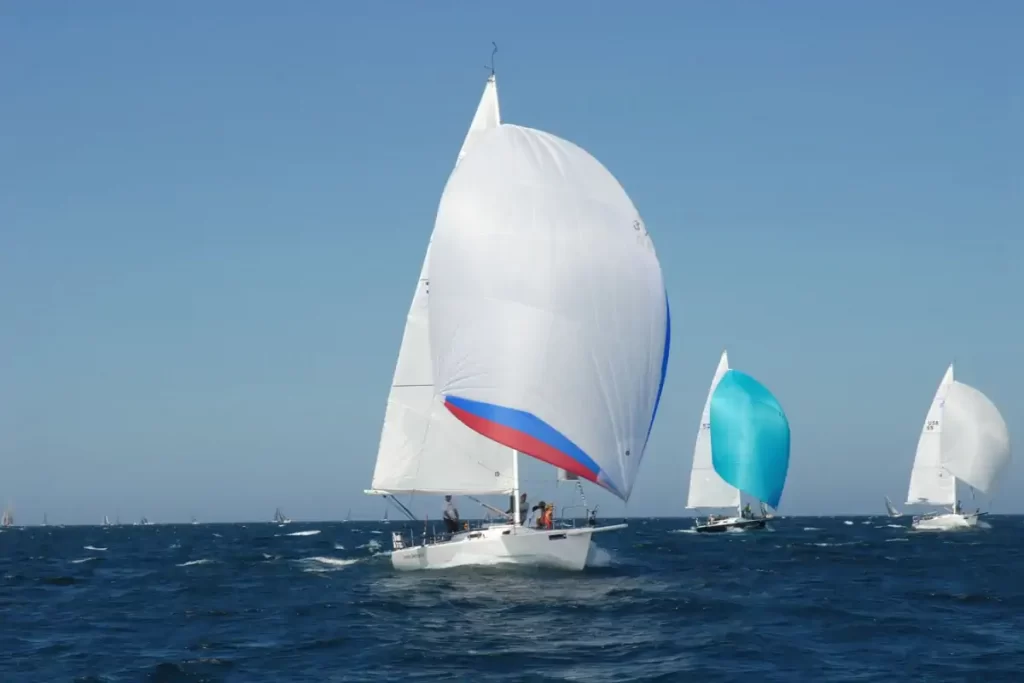
Related: What creates the wind?
Category 3
Sustained winds: 111-129 mph/96-112 kn/178-208 km/h
Devastating damage will occur. Well-constructed framed homes may incur major damage or removal of roof decking and gable ends. Many trees will be snapped or uprooted, blocking numerous roads. Electricity and water will be unavailable for several days to weeks after the storm passes.
Examples of landfalling storms of Category 3 intensity include Carol (1954), Alma (1966), Celia (1970), Alicia (1983), Roxanne (1995), Fran (1996), Isidore (2002), Lane (2006), and Karl (2010).
Category 4
Sustained winds: 130-156 mph/113-136 kn/209-251 km/h
Catastrophic damage will occur. Well-built framed homes can sustain severe damage with loss of most of the roof structure and/or some exterior walls. Most trees will be snapped or uprooted and power poles downed. Fallen trees and power poles will isolate residential areas. Power outages will last weeks to possibly months. Most of the area will be uninhabitable for weeks or months.
Examples of landfalling storms of Category 4 intensity include the 1900 Galveston hurricane, the deadliest natural disaster to hit the United States with about 6,000 to 12,000 dead, and peaked at an intensity that corresponds to a modern-day Category 4 storm.
Other Category 4 hurricane examples include Hazel (1954), Flora (1963), Cleo (1964), Madeline (1976), Frederic (1979), Joan (1988), Iniki (1992), Luis (1995), Charley (2004), Dennis (2005), Gustav (2008), Joaquin (2015) and Matthew (2016).
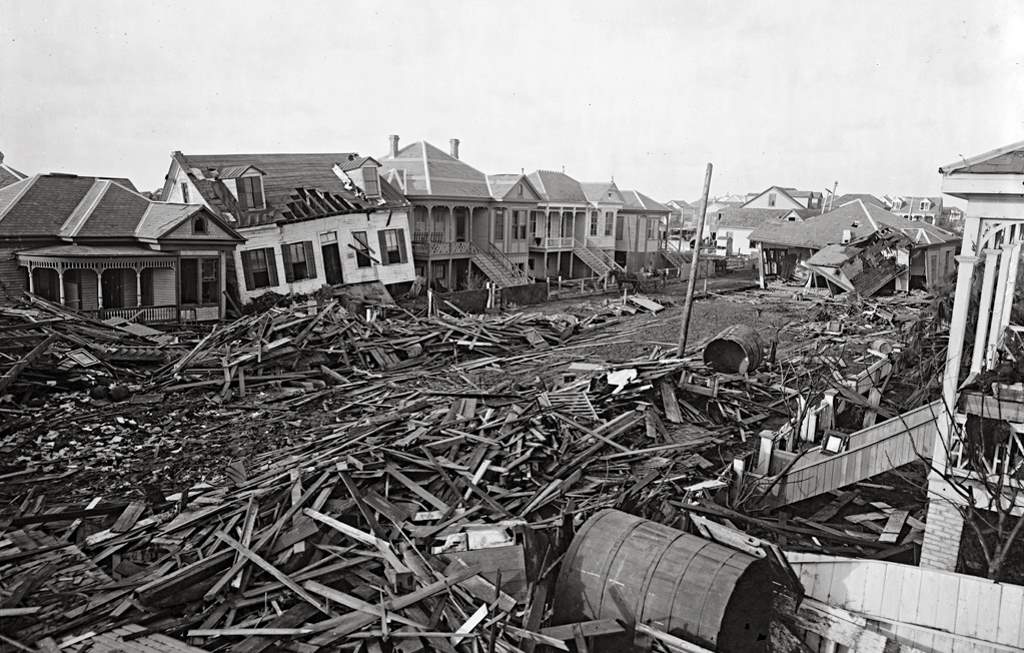
Category 5
Sustained winds: 157 mph or higher/137 kn or higher/252 km/h or higher
Catastrophic damage will occur. A high percentage of framed homes will be destroyed, with total roof failure and wall collapse. Fallen trees and power poles will isolate residential areas. Power outages will last for weeks to possibly months. Most of the area will be uninhabitable for weeks or months.
Historical examples of storms that made landfall at Category 5 status include Camille (1969), Anita (1977), David (1979), Gilbert (1988), Andrew (1992), Dean (2007), Felix (2007), and Irma (2017). No Category 5 hurricane is known to have made landfall as such in the eastern Pacific basin.

Sources
- Saffir-Simpson scale on Wikipedia
- Saffir-Simpson Hurricane Wind Scale on nhc.noaa.gov
- Great Hurricane of 1780 on Wikipedia
- 1900 Galveston hurricane on Wikipedia
- Moon Landings: All-Time List [1966-2025] - February 2, 2025
- What Is Max-Q and Why Is It Important During Rocket Launches? - January 16, 2025
- Top 10 Tallest Rockets Ever Launched [2025 Update] - January 16, 2025
